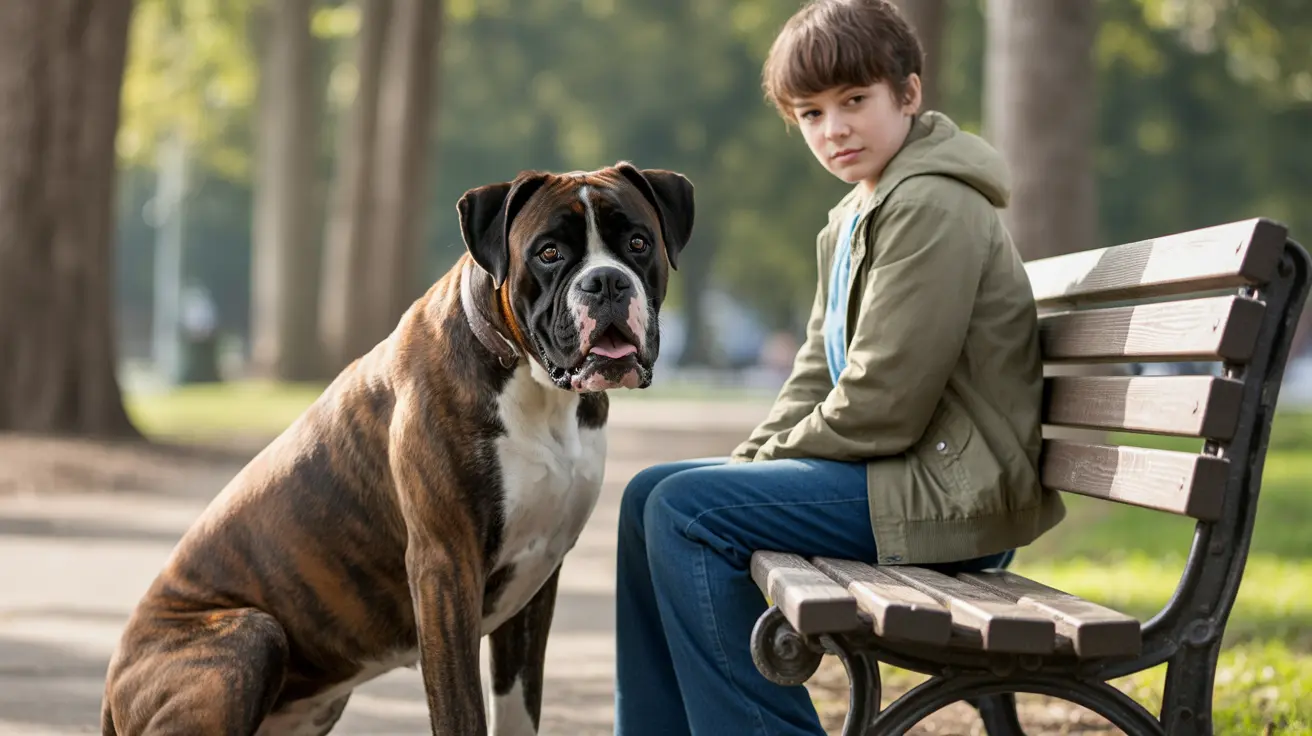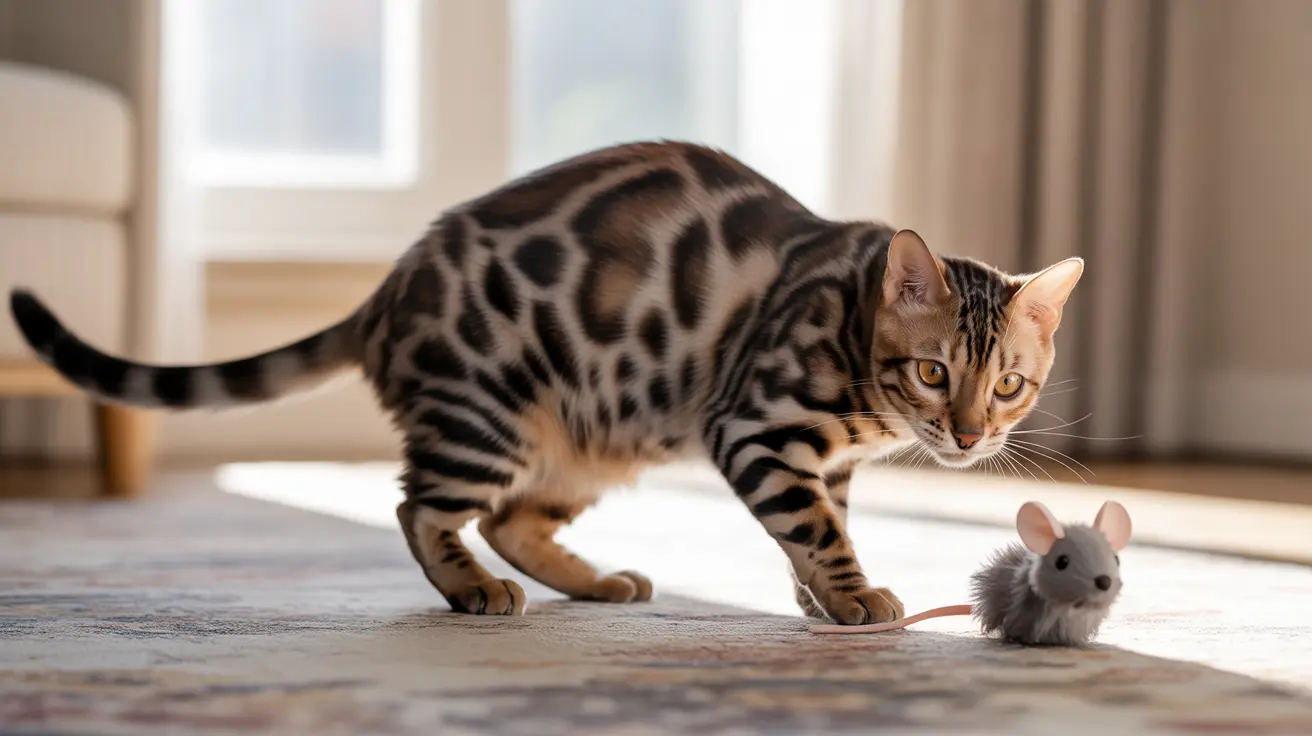Are Cats Closer to Dogs or Bears? Understanding Carnivoran Evolution
In the world of mammalian evolution, few questions spark as much curiosity as the relationships between common carnivorous species. The query, "Are cats closer to dogs or bears?" finds a surprising answer in the depths of evolutionary biology. The clear consensus among scientists, based on anatomical, genetic, and fossil evidence, is that bears are more closely related to dogs than to cats. This distinction lies within the order Carnivora, a group encompassing a range of meat-eating mammals. Let's explore why this is the case and what it reveals about these fascinating creatures.
The Classification: Carnivora and Its Suborders
The mammalian order Carnivora is divided into two main suborders:
- Caniformia (dog-like carnivorans)
- Feliformia (cat-like carnivorans)
Cats (family Felidae) belong to Feliformia, while dogs (family Canidae) and bears (family Ursidae) fall under Caniformia. This means that dogs and bears share a closer evolutionary lineage with each other than with cats.
The Caniformia Connection
Within the Caniformia suborder, various families highlight the diversity of development:
- Canidae — dogs, wolves, foxes
- Ursidae — bears
- Mustelidae — weasels, otters, badgers
- Procyonidae — raccoons
- Mephitidae — skunks
- Pinnipedia — seals, sea lions, walruses
- Ailuridae — red pandas
This entire clade evolved from early forest-dwelling mammals living roughly 38–50 million years ago. Their shared characteristics, such as plantigrade posture (walking with the entire foot on the ground), and generally omnivorous or generalist diets, indicate a common ancestry.
The Evolutionary Timeline
Molecular and fossil records trace the divergence of Caniformia over tens of millions of years. Although bears and dogs evolved separately, they both branched off from a common caniform ancestor before cats diverged into Feliformia. This shared lineage explains structural and behavioral similarities, such as:
- Generalist dentition
- Longer jaws and more teeth than feliforms
- Nonretractile claws (mostly)
For comparison, feliforms like cats exhibit more specialized carnassial teeth and retractable claws, adaptations for obligate carnivory.
What About Amphicyonids — The Bear-Dogs?
One of the most intriguing members of Caniformia is the extinct family Amphicyonidae, commonly referred to as "bear-dogs." These animals lived from the Eocene to the Miocene and showed a mix of dog and bear traits. Though not direct ancestors of modern bears or dogs, their existence highlights the plasticity within caniform evolution.
Genomic and Anatomical Evidence
Genetic sequencing confirms that bears and dogs are more closely related than either is to cats. Their genomes reflect a shared lineage that split apart long after diverging from the feline branch. Shared anatomical traits — like dental structures adapted for omnivory and body shapes suited for endurance — further reinforce this relationship.
Behavioral and Ecological Adaptations
Evolution has sculpted dogs and bears into different ecological roles:
- Bears: Typically solitary, omnivorous, adapted for bulk and hibernation
- Dogs: Social, cursorial predators, adapted for chasing prey over long distances
- Cats: Stealthy ambush predators, obligate carnivores with retractable claws
These adaptations explain why despite shared ancestry, their behaviors diverge sharply.
Implications for Understanding Carnivores
Recognizing the close kinship between bears and dogs helps contextualize their biology and behavior. From shared skeletal features to genomic similarities, their relationship stems from millions of years of evolution within the same suborder.
Understanding these evolutionary ties also highlights the importance of preserving biodiversity, as each species represents a unique outcome of this long lineage.
Conclusion: Closer Ties Within Caniformia
In summary, cats are not as closely related to dogs or bears as the latter are to each other. The placement of bears and dogs within Caniformia, versus cats in Feliformia, makes this evolutionary relationship clear and well-supported by both genetic and fossil evidence. While appearances may sometimes mislead, the deeper story told by biology affirms the closer relationship between our canine companions and their ursine cousins.





